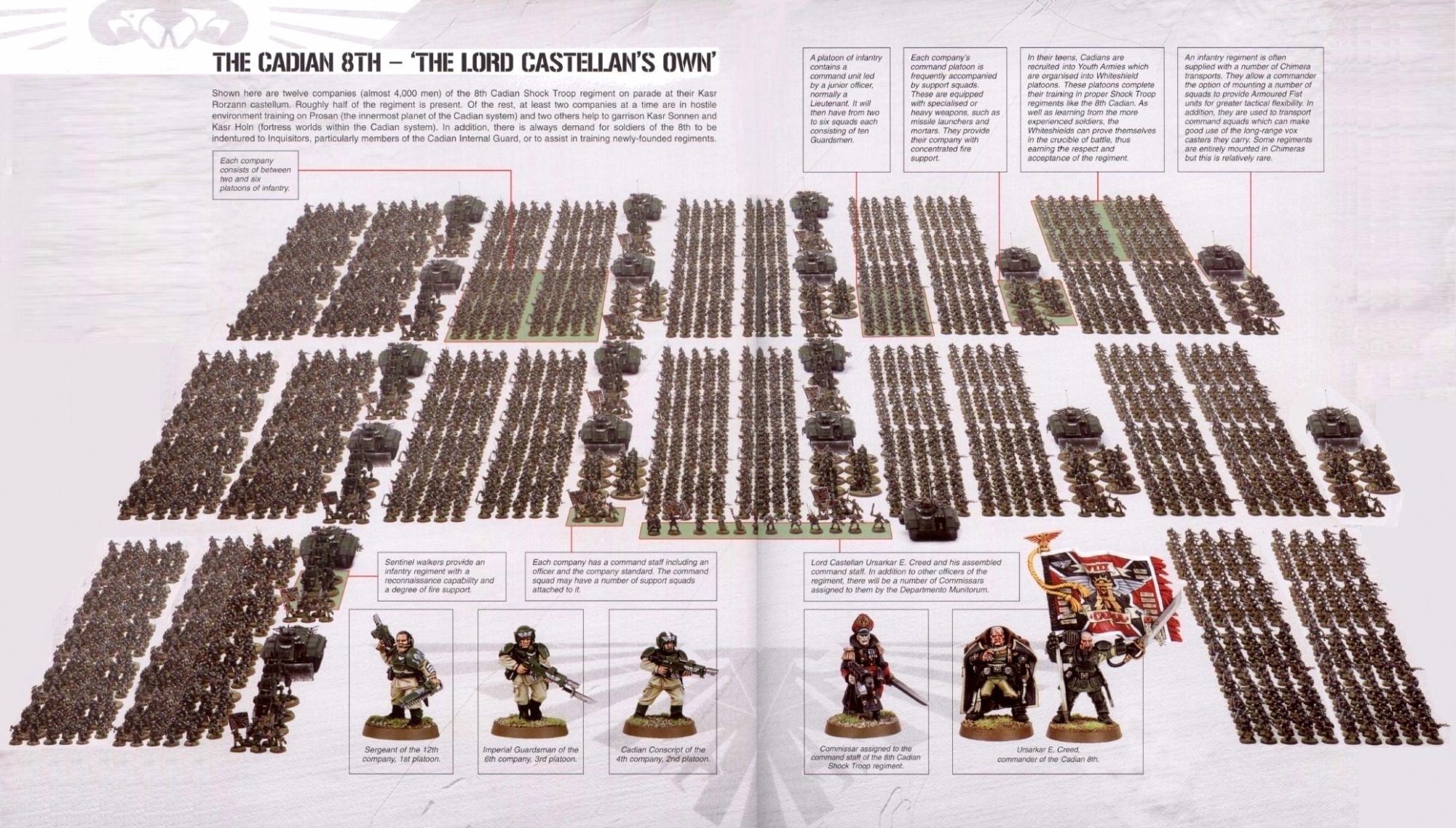

It's as simple as that," said Wali, who also did a stint as a foreign fighter with the Kurdish forces which battled Islamic State extremists in northern Iraq several years ago. The sight of people whose lives have been ripped apart by war touches everyone but it digs a little deeper for soldiers and veterans, who witness such scenes with more painful regularity. On his way deeper into Ukraine, he said he saw scattered bits of garbage and empty vehicles abandoned by their owners - who apparently hiked the final few kilometres over the frozen frontier. There were buses everywhere, he said, and people bundled against the cold trudging on foot toward the checkpoint and safety. He said he was struck by the tide of refugees washing up in Poland. Wali wouldn't say exactly where he crossed the border.

A retrospective study in the United Kingdom found that applying the CCHR would have actually resulted in an increase in the number of patients undergoing CT scan in that particular practice setting.While there is only one US validation study for the CCHR, it was 100% sensitive for clinically important injuries and injuries requiring neurosurgery.One study found the CCHR the most consistent, validated, and effective clinical decision rule for minor head injury patients.When a patient fails the CCHR, use clinical judgment on whether a CT scan is necessary. For example, patients over 65 years may not need a CT scan just based on their age if they do not have the history mentioned above.

Patients with minimal head injury (i.e., no history of loss of consciousness, amnesia, and confusion) generally do not need a CT scan.The rule excluded patients on oral anticoagulants and anti-platelet agents, so no data is available for these patients.It has an 87-100% sensitivity for detecting “clinically important” brain injuries that don’t require neurosurgery.
#Cadian battle group trial
The original validation trial and multiple subsequent studies ( Stiell 2001, Stiell 2005, Stiell 2010) each found the CCHR’s High Risk Criteria to be 100% sensitive for injuries requiring neurosurgical intervention.The Canadian CT Head Rule (CCHR) was developed to help physicians determine which minor head injury patients need head CT imaging.


 0 kommentar(er)
0 kommentar(er)
